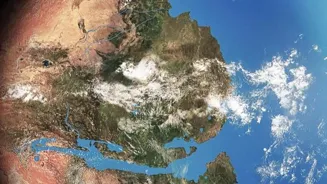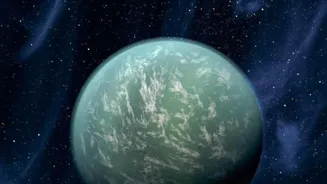Dive into 10 Incredible Marine Discoveries Unveiling Ocean Mysteries. Explore unknown depths and hidden wonders. Read on!
Our oceans, covering over 70% of the Earth's surface, remain largely unexplored.
They are home to a vast array of life and hidden wonders, sparking the imagination and calling us to discover more about them.
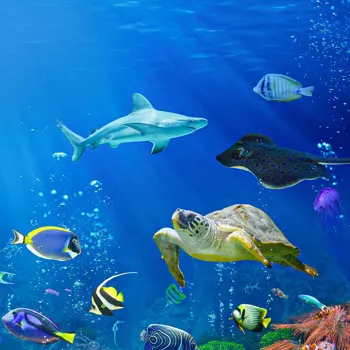
Recent marine discoveries are bringing the secrets of the deep into light, and changing our understanding of marine life, geological processes, and even our planet's history.
The Deep-Sea Hydrothermal Vent Ecosystems
In the late 1970s, scientists made a groundbreaking discovery deep in the Pacific Ocean: hydrothermal vents. These are essentially underwater geysers where seawater, superheated by volcanic activity, is spewed back into the ocean.

What was especially amazing was the discovery of thriving ecosystems around these vents, based on chemosynthesis, unlike photosynthesis which depends on sunlight.
Organisms such as giant tube worms, specialized bacteria, and strange shrimp depend on the chemicals that come out of the vents for energy. The deep-sea hydrothermal vents reveal that life existence is independent of sunlight and possible in very harsh conditions.
Gigantic Squid Sightings
For centuries, the giant squid was the stuff of legends, only featured in scary sailor stories. Reaching lengths of up to 40 feet, these mysterious creatures were first captured on film in 2004 by Japanese researchers. Since then, more sightings and studies have unveiled parts of this enigma.
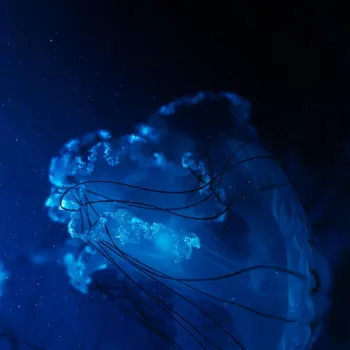
We now understand aspects of their anatomy, behavior, and their location in the deep sea. More investigation is needed to know how these large creatures mate and reproduce. The sightings have affirmed that creatures previously regarded as folklore do exist in oceanic depths.
The Brine Pools
Brine pools are underwater lakes of extremely salty water, usually found on the ocean floor. Because of the density difference, this salt water does not mix easily with surrounding ocean water. What sets them apart is their toxicity.
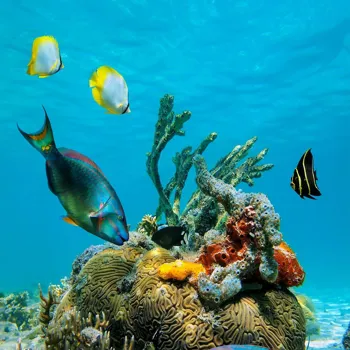
The water in brine pools is high in methane and hydrogen sulfide, so it is really toxic to most marine creatures. Still, specialized extremophiles are able to live in or around these pools, having strange adaptations.
Brine pools are of much interest to astrobiologists, individuals who study possibilities of life on other planets. If life survives in brine pools, maybe life is possible in other harsh planets, so brine pools are of importance.
Undersea Rivers
Underwater rivers, or submarine channels, exist in various locations around the world. These are not literal rivers of freshwater flowing in the ocean. Instead, these are currents of dense seawater, often carrying sediments from the land to deep areas of the sea.
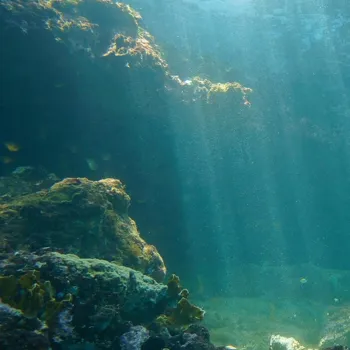
They are created by the constant movement of sediments, and they carve deep channels into the seabed, similar to what happens on land. These submarine channels play a meaningful role in moving nutrients and sediments around the ocean floor, changing the topography, and influencing marine habitats.
Whale Falls
A whale fall is what happens when a whale dies and its carcass sinks to the ocean floor. This is more of a process and a complete ecosystem in itself. A whale fall creates a bonanza of nutrients that has effect on local marine life, drawing in deep-sea scavengers such as sharks, crabs, and hagfish.
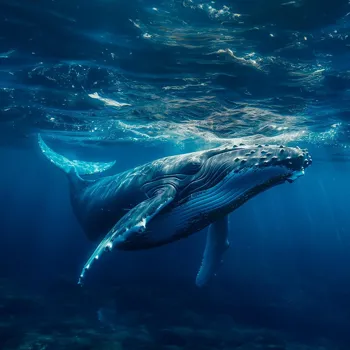
After they consume the soft tissues, specialized worms and bacteria go to work on the bones, breaking them down slowly and releasing nutrients back into the environment. The whale fall can support a rich and diverse array of species for decades, acting as a habitat.
The Mariana Trench
The Mariana Trench is the deepest part of the world’s oceans, located in the western Pacific Ocean. Its deepest point, the Challenger Deep, is over 36,000 feet below sea level. The pressure at that depth is more than 1,000 times the pressure at sea level.
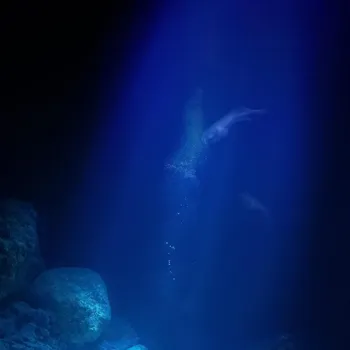
Recently, explorations of the Mariana Trench have found that there is surprisingly life there, including specialized crustaceans, bacteria, and other organisms that have adapted to extreme pressure and darkness.
The discoveries illustrate the resilience of life and its ability to survive in what are considered the most inhospitable environments on the planet.
Bioluminescent Life Forms
Bioluminescence, the production and emission of light by living organisms, is a very common phenomenon in the ocean, especially in the deep sea. Many species of fish, jellyfish, and other marine creatures have the power to create their own light through chemical reactions.
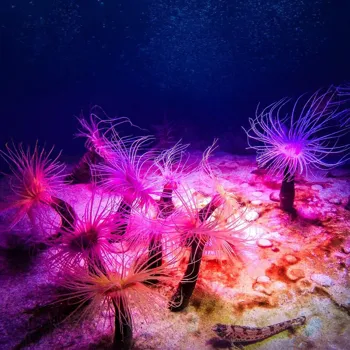
This light serves a variety of purposes, including attracting mates, hunting prey, and defending against predators, but is actually very beautiful to watch. Bioluminescence helps us to understand the complex adaptations and interactions of species by lighting up the deep sea.
Coral Reefs in the Deep Sea
Most people are familiar with coral reefs in shallow, sunny waters, but deep-sea coral reefs exist in total darkness and at great depths. These reefs, formed by cold-water corals, do not rely on sunlight for energy. Instead, they filter out organic material from the water.
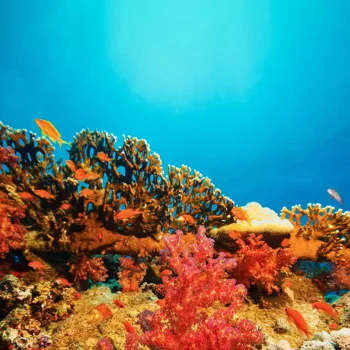
These deep-sea coral reefs are important habitat for many species of fish, invertebrates, and other marine creatures. Because of their sensitivity and slow growth, they’renaturally vulnerable to damage from fishing gear, pollution, and climate change.
Microplastics Abundance
Microplastics, tiny plastic particles less than 5 millimeters in size, are now very widespread in the marine environment. They come from the breakdown of larger plastic debris that end up in the oceans.
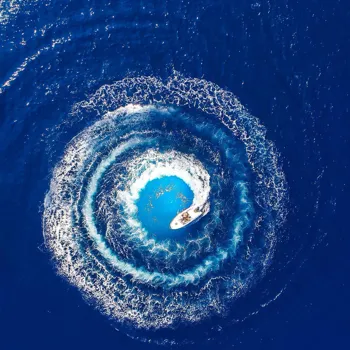
Researchers have discovered micro-plastics in every marine habitat, from the water surface to the deep sea, and even inside marine organisms. The biggest worry is that these plastics are eaten by marine animals, which can affect their health.
Researchers are concerned about them moving up the food chain, with effects on human health. The discovery of microplastics as a marine pollutant highlights the urgent need to reduce the amount of plastic we use and to improve waste management.
New Species Discoveries
The ocean has a large number of species still to be revealed. Scientists on ocean exploration voyages are constantly discovering new species of fish, invertebrates, and microorganisms, adding to the known biodiversity of our oceans.
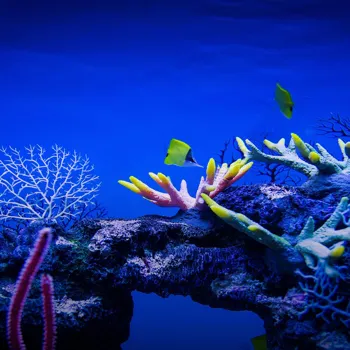
Each new discovery gives us a deeper understanding of how life on Earth evolved, how ecosystems function, and how all living things are interconnected. This serves as a good reminder that we have barely scratched the areas of marine biodiversity.
These recent marine discoveries give us a glimpse into the hidden wonders and mysteries of our oceans. As technology improves and exploration continues, we do not only learn more about the ocean's depths, we also gain the knowledge to protect these important ecosystems.
Through continued research and conservation efforts, we can find more and protect the ocean for generations to come.
AI Generated Content. Glance/InMobi shall have no liability for the content


